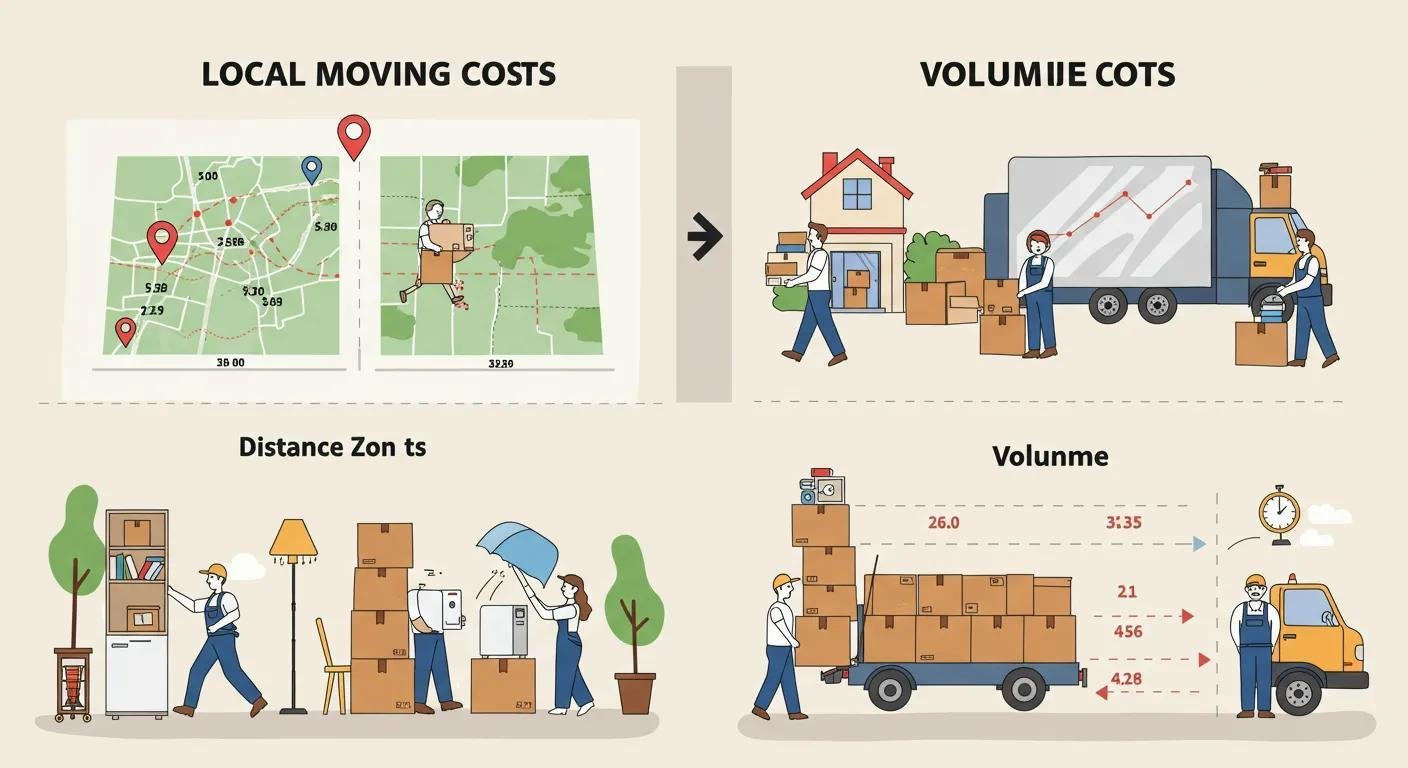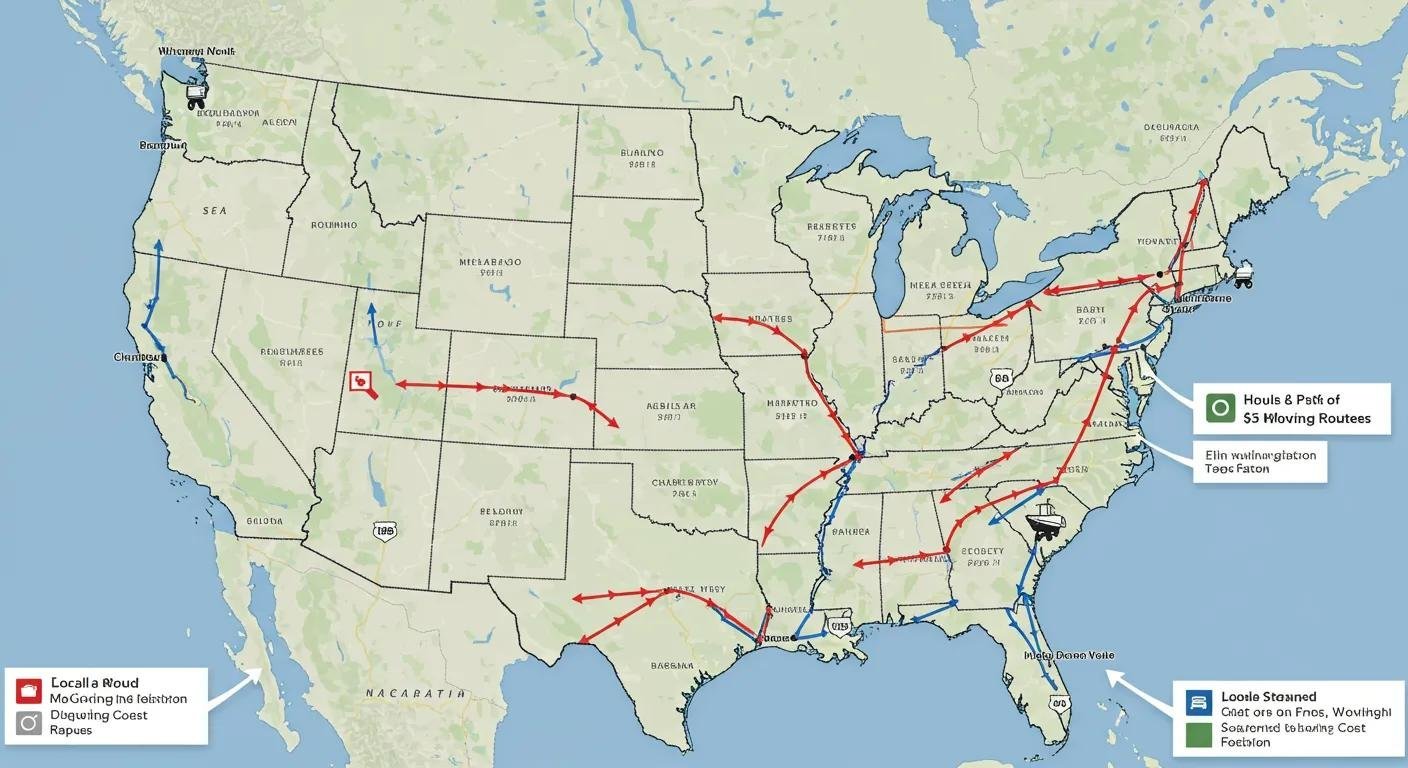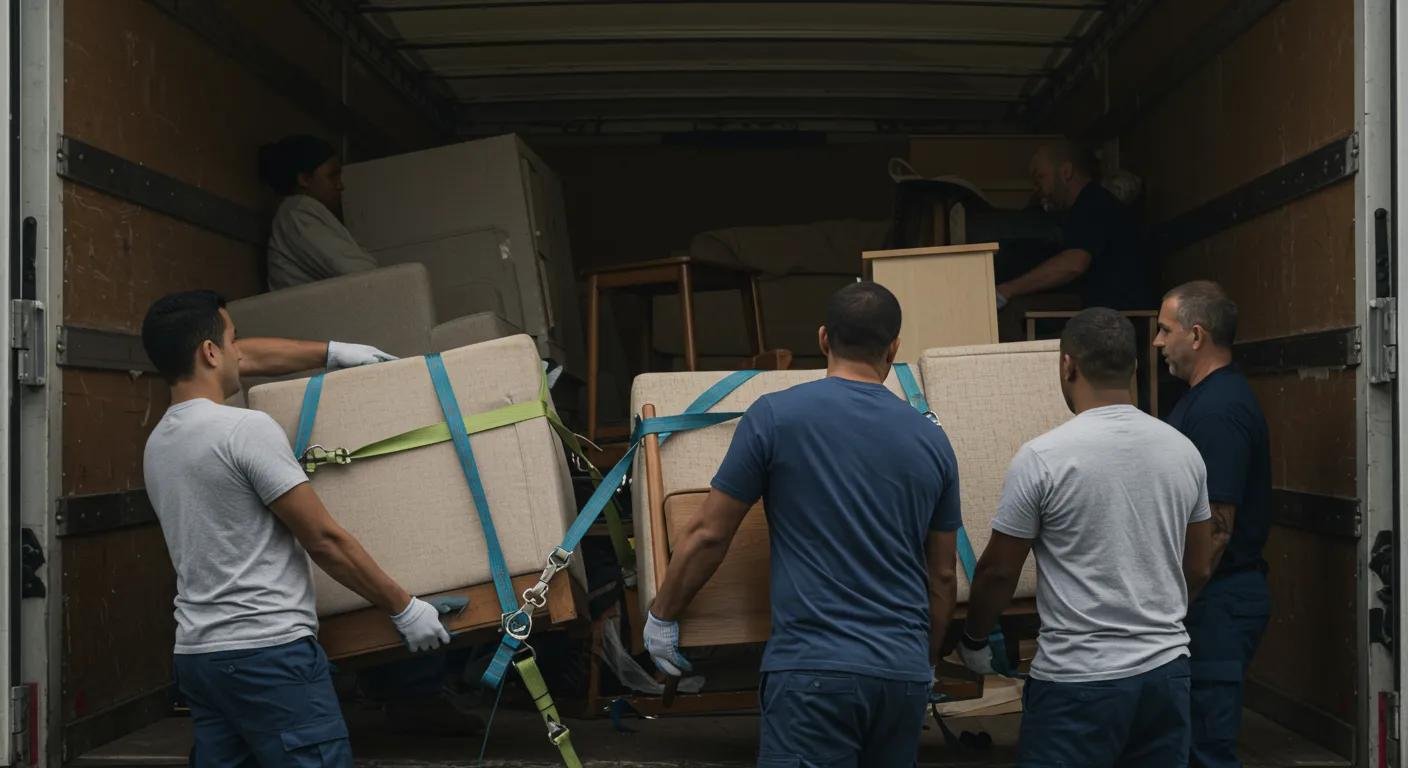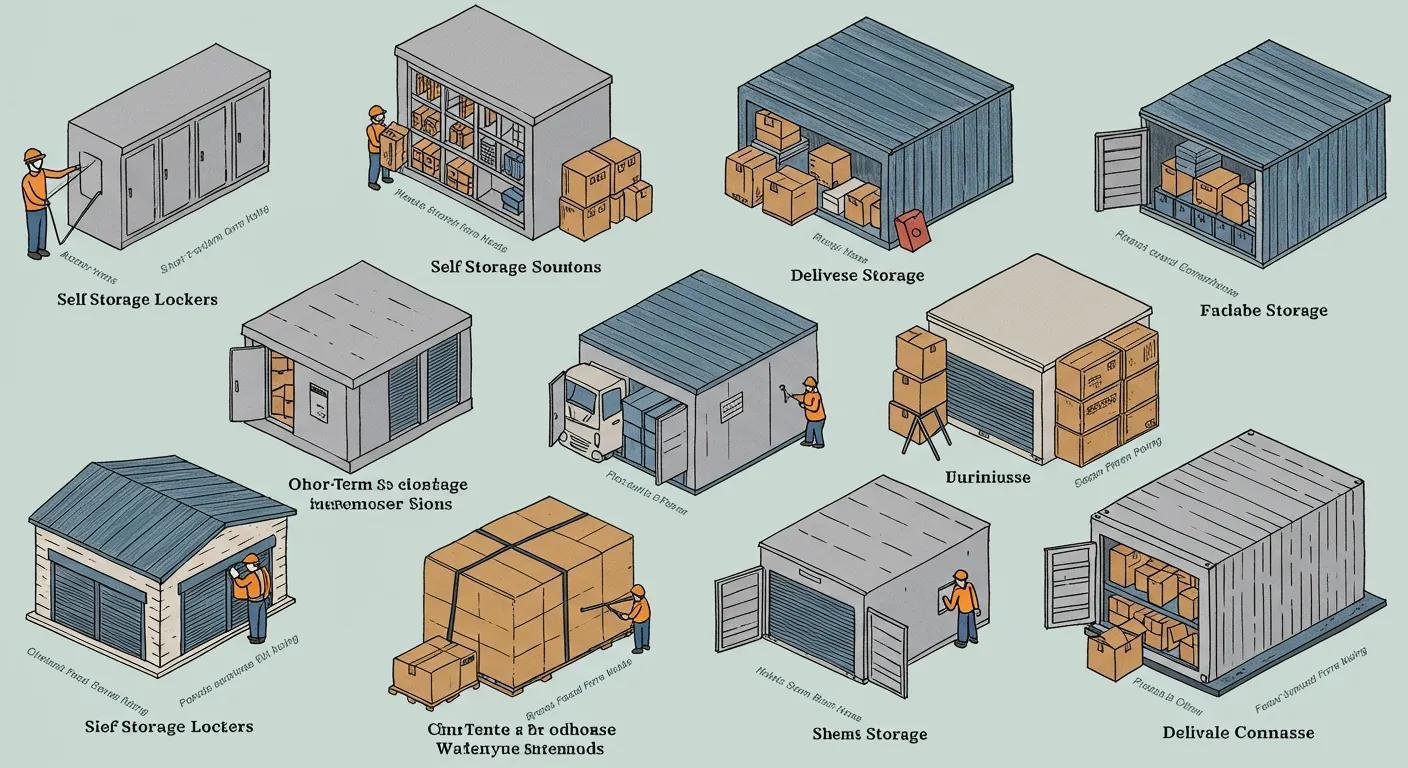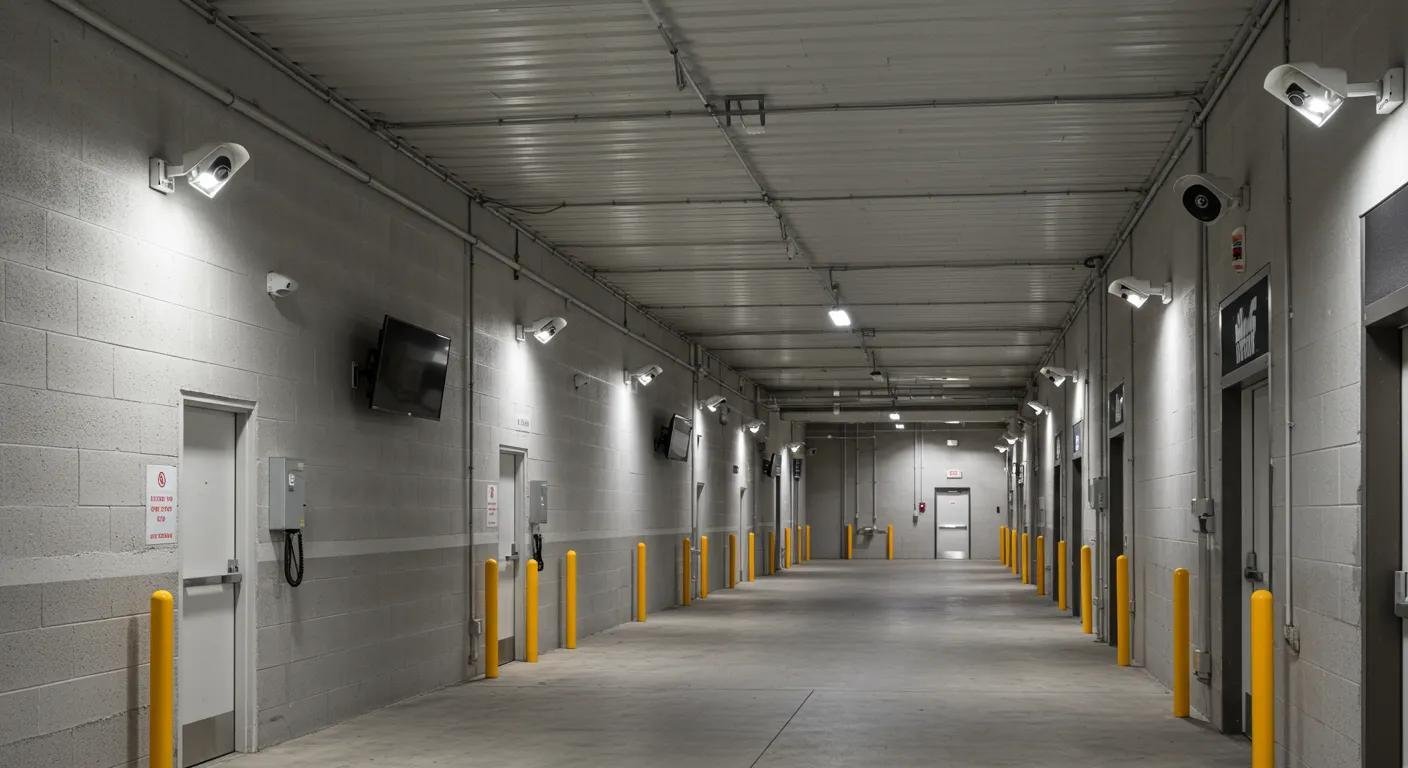How to Hire Movers: Essential Tips for Hiring Residential Moving Services
Moving homes can become one of life’s most challenging transitions, especially when unanticipated costs, damaged furniture, or unreliable crews derail the process. By applying expert guidance on vetting providers, dissecting estimates, reviewing contracts, securing insurance, and planning the moving day, homeowners can reduce stress and ensure a seamless residential relocation. This guide covers five critical phases of hiring residential moving services:
- Choosing a reliable mover
- Understanding costs and estimates
- Reviewing and negotiating your contract
- Protecting belongings with insurance
- Preparing for moving day
Each section offers actionable insights to streamline your hire process and safeguard your property.
How Do You Choose a Reliable Residential Moving Company?

Selecting a reputable moving company involves verifying credentials, evaluating customer feedback, and comparing service offerings to ensure a smooth relocation. Confirming proper licensing and positive track records reduces fraud risk and sets clear quality expectations for your move.
What Licenses and Credentials Should Movers Have?
Before hiring, verify that your mover holds:
- A valid USDOT number for interstate moves
- State or provincial moving licenses for intrastate relocations
- Professional affiliations such as the American Moving and Storage Association membership
- Proof of bonded status to guarantee compensation if funds disappear
- Worker’s compensation insurance for crew safety
Ensuring these credentials affirms the mover’s commitment to regulatory compliance and customer protection.
Consumer Protections and Regulations for Interstate Moving Services
The Federal Motor Carrier Safety Administration (FMCSA), an agency under the U.S. Department of Transportation, is responsible for regulating interstate household goods movers. These regulations mandate that movers register with a USDOT number and adhere to federal safety standards. The FMCSA also provides consumers with essential resources, such as the “Your Rights and Responsibilities When You Move” handbook, to inform them about contracts, liability, and dispute resolution options.
This research directly supports the article’s guidance on verifying mover licenses and credentials, particularly the USDOT number for interstate moves, and understanding consumer rights and responsibilities.
These qualifications build trust and lead into evaluating real-world performance through reviews and ratings.
How Can You Verify Moving Company Reviews and Ratings?
Movers’ reputations hinge on verified customer experiences and third-party assessments. Compare platforms as shown below:
Evaluating multiple channels balances anecdotal praise against documented complaints, guiding you to a mover with proven reliability and customer satisfaction.
Why Is Getting Multiple Moving Estimates Important?
Obtaining at least three written estimates enables:
- Cost comparison to reveal unusually low or high bids.
- Negotiation leverage by highlighting competitor offerings.
- Transparency in services included (packing, storage, specialty handling).
Best Practices for Selecting a Reputable Moving Company
To ensure a reliable residential relocation, consumers should thoroughly research moving companies by verifying their credentials, including proper licensing and registration with relevant authorities like the USDOT for interstate moves. Evaluating customer feedback on platforms such as the Better Business Bureau (BBB), Google Reviews, Yelp, and Angi is crucial. Additionally, obtaining multiple written estimates (binding or non-binding) from different companies is a key practice for comparing costs, understanding included services, and preventing unexpected charges.
This research supports the article’s recommendations on choosing a reliable mover, verifying reviews and ratings, and the importance of obtaining multiple moving estimates for transparency and cost comparison.
What Are the Key Factors Affecting Moving Costs and Estimates?
Understanding moving costs requires distinguishing estimate types, accounting for distance and volume, and identifying potential hidden charges to avoid budget surprises. Awareness of these factors unlocks accurate budgeting and reduces stress.
What Are the Differences Between Binding and Non-Binding Estimates?
Which Hidden Fees Should You Watch Out For When Hiring Movers?
Hidden costs can inflate your bill. Watch for:
- Stair fees when movers negotiate access challenges
- Long-carry charges if the truck parks far from your door
- Fuel surcharges tied to market rates
- Packing material fees for specialized supplies
- Appliance disassembly or crating premiums
Identifying these fees in advance prevents post-move billing disputes and promotes clearer budget forecasts.
What Should You Look for in a Moving Contract?
A thorough moving contract protects customers by outlining key clauses, liability terms, and cancellation rights, preventing disputes during relocation. Scrutinizing every provision ensures you understand obligations and limitations before the move begins.
What Are the Key Clauses in a Residential Moving Contract?
Your contract should include:
- Inventory List detailing items and condition notes.
- Service Scope specifying packing, loading, transport, and unloading details.
- Payment Terms with deposit, invoicing, and acceptable payment methods.
- Liability Coverage statement clarifying valuation and damage limits.
- Dispute Resolution process for claims and arbitration options.
How Does Mover Liability Affect Your Move?
Mover liability defines the extent of compensation for lost or damaged items. Under released-value protection, reimbursement is minimal (often $0.60 per pound). By contrast, full-value protection covers repair or replacement costs, offering comprehensive security. Selecting the appropriate liability level aligns coverage with the value of your belongings.
Understanding Moving Company Liability and Insurance Options
Federal law requires interstate moving companies to offer customers two primary levels of liability coverage: Released Value Protection and Full Value Protection. Released Value Protection offers minimal compensation, typically around $0.60 per pound per article, and is usually included at no extra cost. In contrast, Full Value Protection provides more comprehensive coverage, making the mover liable for the repair or replacement cost of lost or damaged items, though it comes with an additional fee.
This information directly verifies the article’s explanation of released-value and full-value protection, clarifying the differences and customer impact of each liability option.
What Are Your Rights and Cancellation Policies?
Customers retain rights to:
- Inspect and dispute inventory notes before the move
- Cancel or reschedule within a specified notice window without penalty
- Withhold payment for undisclosed damage until resolution
Understanding cancellation terms and consumer protections empowers you to negotiate fair conditions and avoid unfair fees.
How Can Moving Insurance Protect Your Belongings?
Moving insurance safeguards personal property from damage or loss by offering coverage options and streamlined claims processes to minimize financial risk. Well-chosen protection ensures you recover value if items are compromised.
What Types of Moving Insurance Coverage Are Available?
How Do You File a Moving Insurance Claim?
To initiate a claim:
- Document damage immediately with photos and written notes.
- Submit a claim form within the mover’s specified timeframe.
- Provide original inventory lists, receipts, and proof of value.
- Coordinate inspection and repair estimates with the mover or insurer.
- Receive reimbursement based on the chosen coverage.
A structured claim process accelerates compensation and restores peace of mind after transit incidents.
How Should You Prepare for Moving Day?

Effective moving-day preparation combines careful planning, detailed checklists, and strategic packing techniques to ensure timely and damage-free transit. Organized readiness directly influences moving efficiency.
What Should Be Included in a Residential Moving Checklist?
A comprehensive checklist features:
- Confirmed move date, time, and contact details
- Labelled boxes by room and priority level
- Essentials bag with toiletries, medications, and documents
- Disassembled furniture stored in labelled hardware bags
- Final walkthrough schedule to check for overlooked items
What Are Effective Packing Tips for a Residential Move?
Efficient packing maximizes protection:
- Wrap fragile items in durable paper or bubble wrap.
- Use color-coded labels to designate room destination.
- Fill voids in boxes with soft materials to prevent shifting.
- Pack heavy items in small boxes to ease lifting.
- Seal and reinforce bottoms of each container securely.
What Can You Expect on Moving Day?
Expect professional movers to arrive with equipment, inspect your inventory, and confirm the loading plan. They will handle heavy lifting, load the truck safely, and deliver according to the agreed schedule. Clear communication during this phase ensures adherence to timelines and contract terms, making your final relocation steps predictable and controlled.
By following these essential tips for hiring residential moving services—thorough vetting, clear estimates, well-crafted contracts, appropriate insurance, and meticulous preparation—you can transform your move into an efficient, stress-free experience. For specialized local and long distance assistance backed by transparent pricing and professional crews, explore Movers Boston – Local and Long Distance Moving Company. Trusting proven experts ensures your belongings arrive safely and on time.









